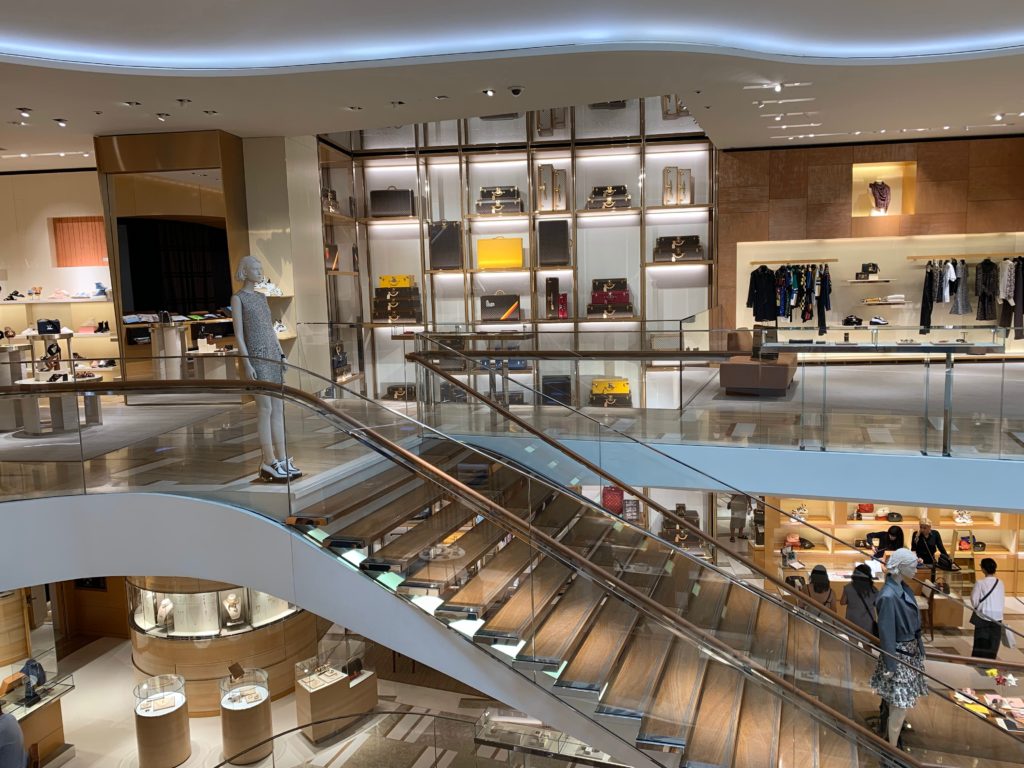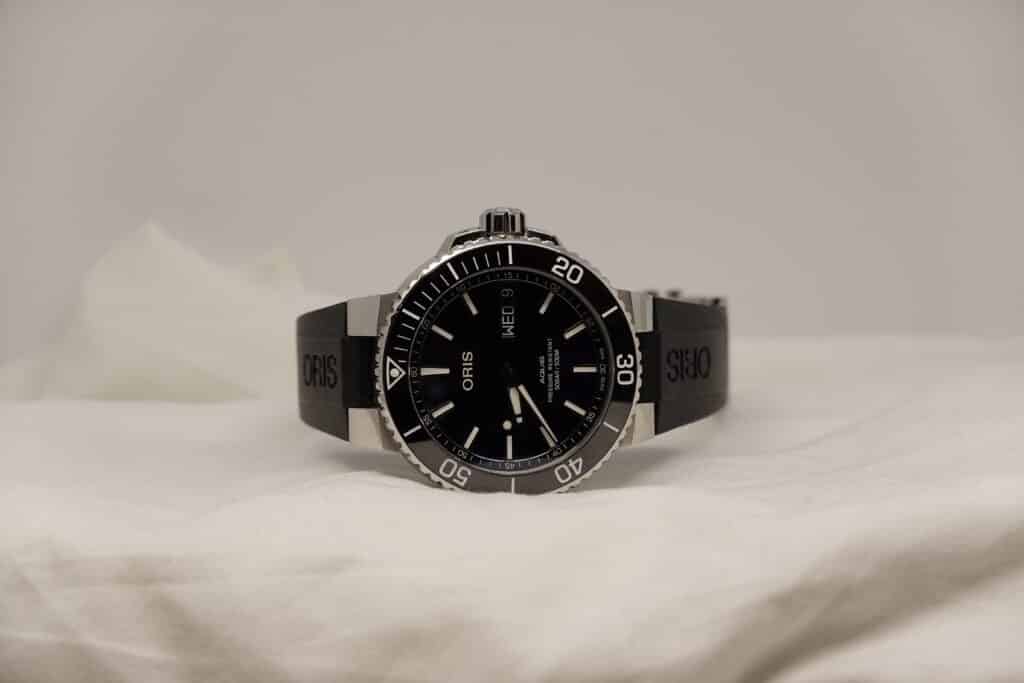Brick & Mortar Isn’t Dead…It’s Just Not Paying Attention

Let me begin by saying I love stores. Since I was a young person going into stores has always provided a sense of energy and discovery that I have enjoyed. The products, the displays, the music, the people-watching, it all constitutes a store experience.
Having spent much of my career working in retail in various roles I consider myself an expert on stores and on service in particular. In my many assignments I have trained service, written service strategies, and interacted directly with thousands of customers.
In recent months much has been written about the resurgence of retail stores post pandemic, revenge shopping, and the much talked about “return to normal”. Out of a true desire for the many companies that do a good job at retailing to survive I continue to check in on stores and observe their post pandemic recovery. What I have found is that a crucial sense of urgency is missing. There are those that have evolved and appear ready for the current moment. There are some that are still their pre-pandemic selves which is concerning because they were already lacking in innovation. Then there are those that are worse than their pre-pandemic selves, i.e they were already spiraling down and are now so far behind the end is imminent.
This Spring I have visited numerous shopping venues in the San Francisco and Chicago metropolitan areas. I have visited luxury boutiques and department stores and many mid-market chain stores in downtown areas, malls, and lifestyle centers. In all of these I have experienced a similar apathy, lack of engagement, and inability to see that there are customers in their stores. It is quite astounding to watch and at the same time deeply disappointing. I ask myself if the leadership in these stores have informed their teams that many of them may not have a future if things don’t change? I hope so.
When I enter a store in a mall my expectations have already been adjusted so I go from there. The anticipation is always higher for a luxury brand but that unfortunately is not always a differentiator. Being an eternal optimist, I am always hoping that I will be surprised.
Recently I visited two different branches of a store I have shopped at for years. It is one of those that probably expanded too much and has lost their way creatively. The lackluster greeting, the same, same, same product and the person feverishly folding at the back of the store who doesn’t even look up cause me to walk out. Time to accept I that I will be reading their retail obituary within a season. Then there is the store I have literally shopped at my whole life. The product is uninspiring and ubiquitous in the market and the markdowns are everywhere you look. Sadly, the associate and a manger on the floor are restocking and not engaging passing customers. My immediate reaction is that I can go online and buy any of this merchandise in a matter of minutes and while I am shopping digitally, I may discover other, better items.
I think it is only fair at this point to take a minute and acknowledge the very hard working people of the retail world, it can be one of the most difficult jobs and emotionally is not always the most rewarding. I also recognize that due to the pandemic companies have reduced staffing and may not yet be up to the levels needed to take on the new demand.
Acknowledging the challenges, there is still the very fundamental task of greeting the customer and making them feel welcome. Companies can spend more and more millions on driving algorithms and data to study customers, they can create artificial intelligence models to address their customer segments, and of course they can devote valuable resources on search engine optimization and digital advertising. They can try to create unified commerce between their brick-and-mortar locations and their digital stores, but if a customer walks in and the service is so poor or non-existent their brand is damaged. That damage multiplies and the unwelcome customers quickly migrate to other
Retailers.
After years of talking about Omnichannel and its progression which has always made retailers uncomfortable I am fascinated by the idea of truly unified commerce where a company seamlessly operates in all formats for all customers. It is not a space age concept, it’s happening all around us. Recently I visited a brick-and-mortar location of a company that started as an online retailer. I will admit my preconceived notions told me that there would be serious gaps and it would feel like a website trying to create a brick-and-mortar experience. Much to my delight it was none of those things. I had an item in mind because, as we all know, the vast majority of shoppers now look at the website of a company before entering their stores. Upon my arrival in the perfectly merchandised store I was greeted in a very efficient and friendly manner, made to feel comfortable, and my needs addressed. The associate knew exactly which item I was seeking despite it not being stocked in their store. Within minutes and after a brief and meaningful bit of product knowledge I found myself at an iPad dipping my card and the associate thanking me. I was done. The item was on its way with expedited shipping without any extra steps, my receipt had been emailed, and I was on my way. I walked out and reflected that it was the perfect shopping experience for the time we are in.
The other elements in the competitive landscape for luxury retailers are pure play websites and online marketplaces. This should be a battle cry for luxury brands that run retail stores and for all department stores that carry luxury brands. In what feels like a very short time these have become more visible and are offering very compelling designer assortments in a curated, modern, and relevant way. Many are based outside the US but their influence is growing and they will ship here for free. I think about a customer going into a physical store and dealing with mediocre service or worse and walking out and that same customer can literally place an order for a similar item in minutes from one of these competitors. The luxury stores once had the competitive advantage of exclusivity and limited distribution. Those days are gone.
As I think about Millennials and Gen Z shoppers and how their priorities and loyalties are so different, I fear for the traditional retailers even more. These younger and increasingly powerful segments were already less loyal to stores so what makes retailers think they are going to put up with less than amazing experiences in stores. Shopping online has always been part of their life so going into a store is already not as important. Stores talk about striving to be more experiential which is the right way to be thinking but if the basics of engaging customers, knowledge, and elevated service are missing the experiential may be lost.
If we accelerate our thinking about what stores will look like in order to compete I see a place where customers can have unique in person experiences and be assisted by digitally savvy, fashion aware, engaging people who will create a store experience as cool and as seamless as buying the item online. To get there everyone responsible for brick-and-mortar stores needs to pay very close attention to the digital world that will move right past them if they don’t stop in this moment and figure out what they need to do to stay relevant, and start by saying Hello to your customers.



Responses